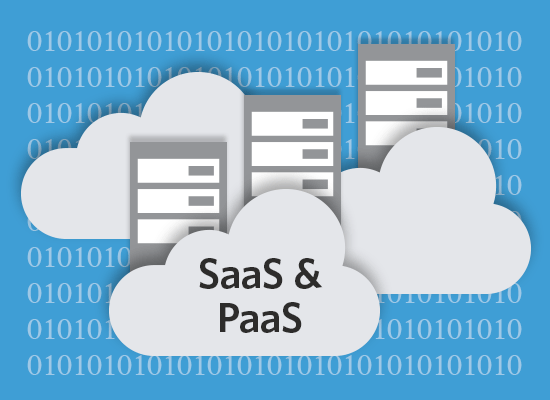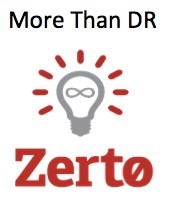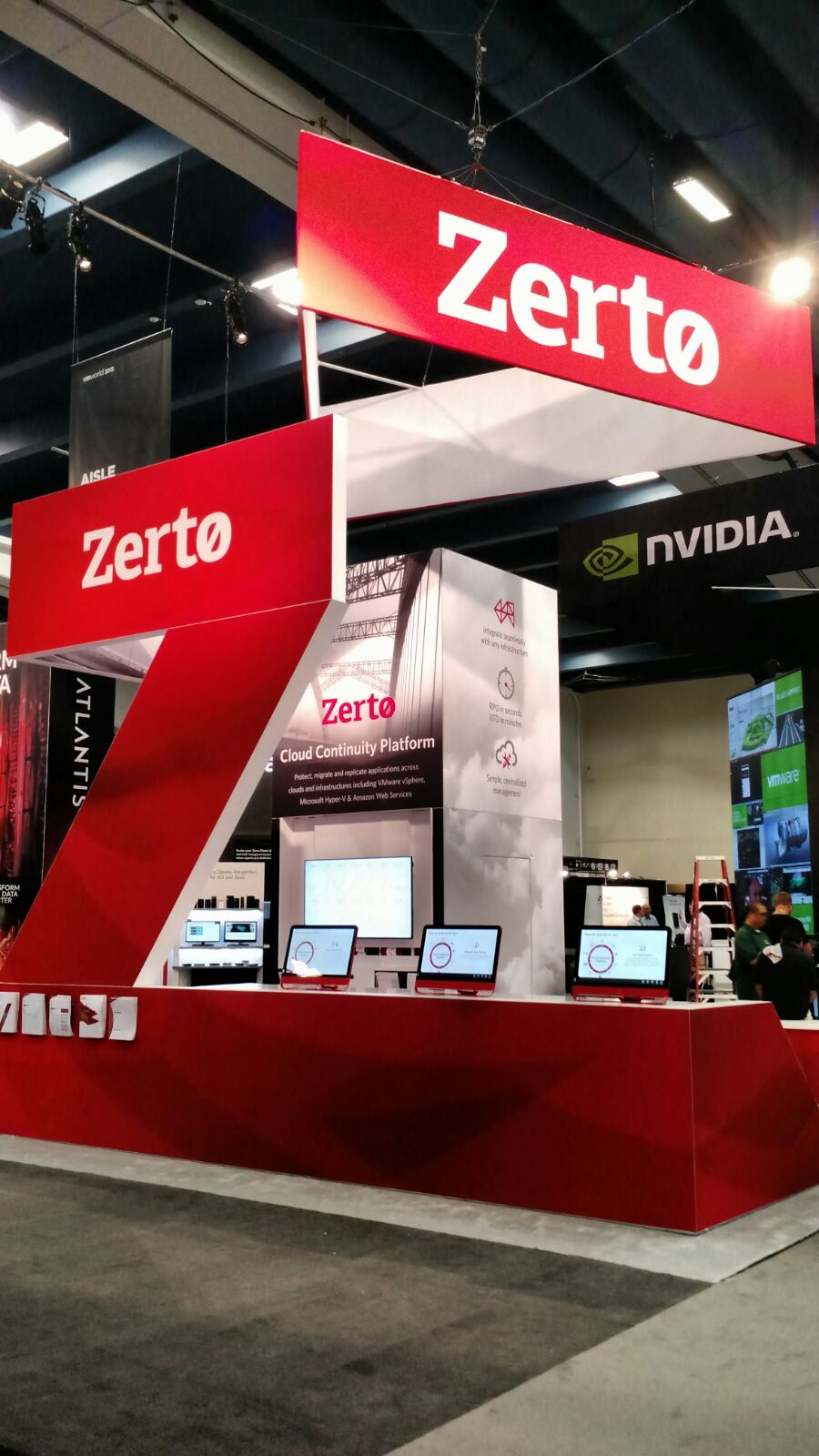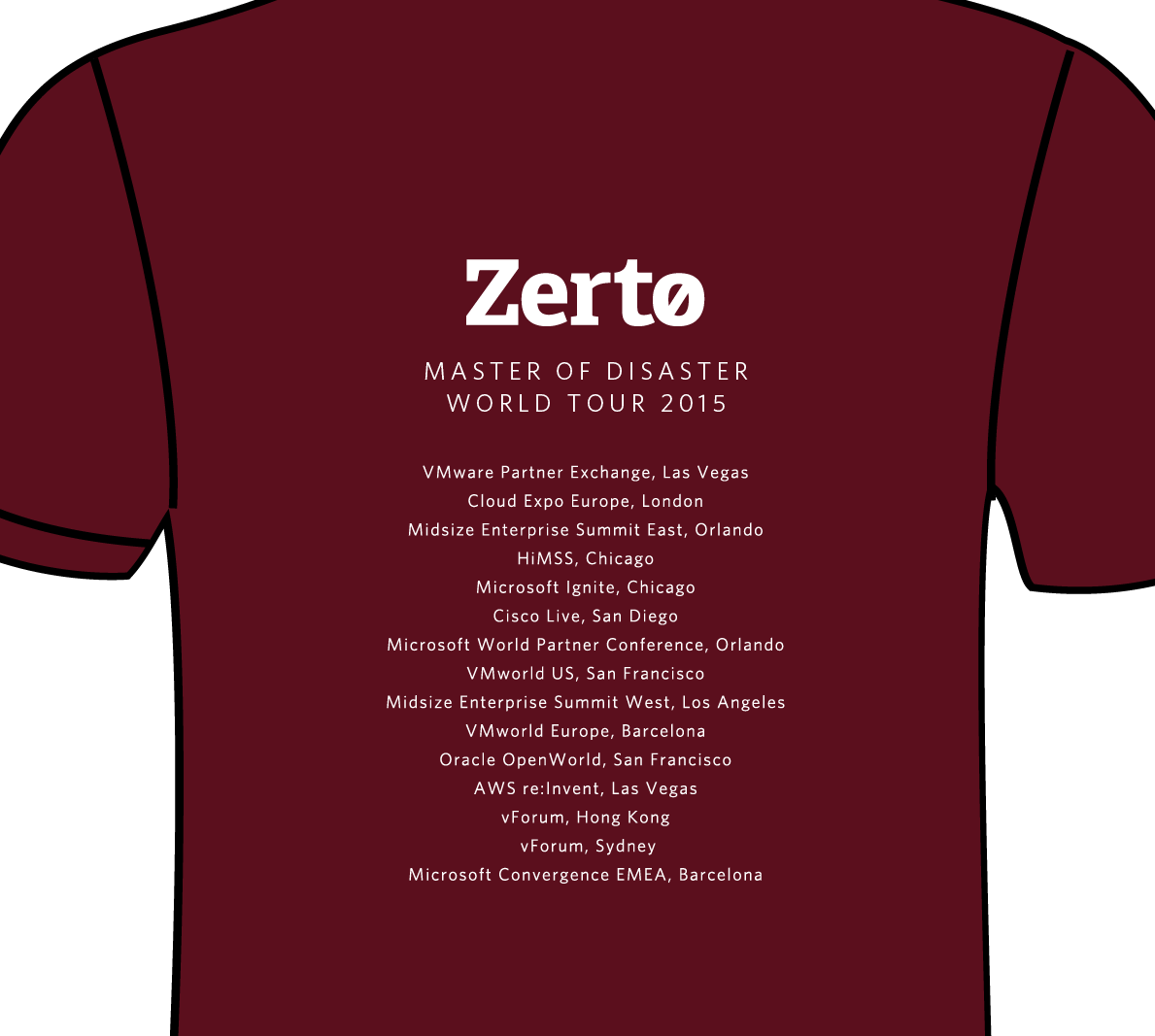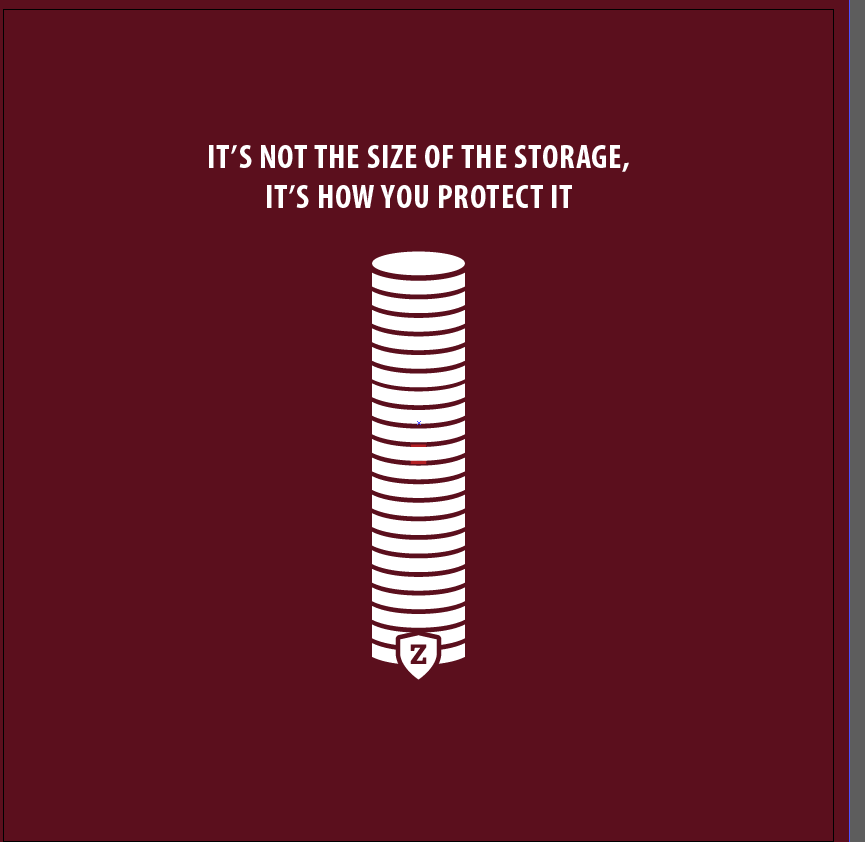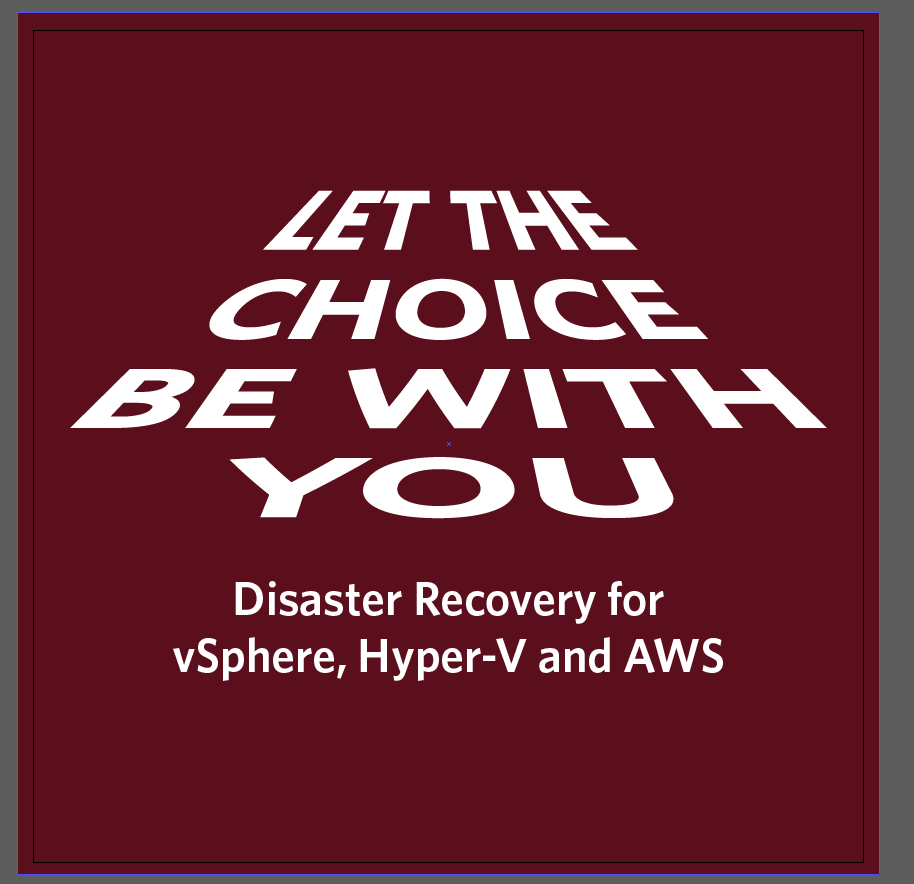By Shannon Snowden, Zerto’s Sr. Technical Marketing Architect
Award Winning from the Beginning
When Zerto introduced Zerto Virtual Replication (ZVR) in 2011, it was a completely unique product that quickly captured the ![More-Than-DR1]() attention of the IT world. It won Best of Show at VMworld that year and it continues to win multiple awards every year since.
attention of the IT world. It won Best of Show at VMworld that year and it continues to win multiple awards every year since.
In a matter of months, ZVR went from an unknown technology to the standard that other disaster recovery (DR) products were measured against. It is amazing how quickly customers, partners and cloud service providers embraced Zerto Virtual Replication.
A New Approach to an Old Problem
How did this all happen?
The reason is pretty clear when you think about it. Pre-Zerto legacy DR solutions are counterintuitive. As an organization, you invest heavily to achieve the freedom that virtualization provides. Benefits like moving live workloads around in the datacenter virtual machine host clusters; lower outages at the site, hardware repairs with no VM server downtime are all products of the power of virtualization.
Yet, pre-Zerto DR solutions depend on outdated backup applications, or something with agents that are invasive to your VMs or you once again have to rely on hardware as critical path for disaster recovery. That makes no sense in a world virtualization
In reality, Zerto has a bit of an unfair advantage versus legacy solutions. It goes back to the very beginning, before the first line of code was written. The features and functionality in Zerto Virtual Replication are there because when Zerto designers started, they started with a blank canvas.
Zerto didn’t have to beat to fit and build on top of a foundation of a legacy solution designed for something else like storage or backup.
That’s not how breakthrough products are created.
Design Fruition: Data Portability Through Flexibility and Federation
Starting fresh enabled the Zerto designers to use a systematic approach of discovering what the real productions needs were for replication, disaster recovery and recovery orchestration and then design a product that meets or exceeds the requirements.
Zerto focuses on being more flexible than other solutions that, in fact are more are interested in locking you in to their infrastructure solution.
Data protection should be able to change and grow with whatever infrastructure is underneath the data. It may be private, managed or public clouds. It could be something entirely different that doesn’t even have a name yet.
The core building blocks of ZVR include:
- Hardware Agnostic – Leverage the server hardware or storage that you have.
- Software-Only installation – Zerto is 100% software solution that performs like expensive hardware replication, plus ZVR has complete orchestration capability.
- Federated Management: Work with dissimilar private and public cloud infrastructure management platforms (vCenter, SCVMM, AWS Console, and whatever comes next)
- Robust APIs: Has an ever-growing, robust set of APIs that allows for deep integration into existing management, monitoring and reporting systems, or empower DevOps solutions.
- Recover Quickly: Have a 14 day Point in Time recovery capability at a granularity level of every few seconds
- Protect and Recover VMs in Logical Groups: Virtual Protection Groups – allow for Tier, application or the entire datacenter to fail or migrate together, with full workload orchestration
- Non-disruptive testing – know that the failover or migration will work because you can test it anytime with no production environment impact.
It’s that kind of visionary thinking and design methodology that makes the next steps in the evolution of Zerto so exciting. With these foundational elements in place, very interesting things are possible.
You should be able to replicate and orchestrate between any platform and any cloud. You see this starting to happen in our hypervisor-agnostic release of ZVR 4.0 that adds in Hyper-V along with VMware. Other hypervisors are on the roadmap and will be added.
You should be able to break completely free of hypervisor only solutions because for many organizations, the public cloud is the best solution for their disaster recovery solution. The challenge with public cloud providers is you may not even know what hypervisor they use; yet our design approach allows for them to be included. ZVR 4.0 has our first step into supporting the public cloud as another infrastructure. Now you can use AWS as a target environment for DR and migration. More public clouds are on the roadmap too.
With all of the possible iterations of data protection Zerto now offers, having a product called Zerto Virtual Replication is only telling you a small part of the story.
More than DR: The Cloud Continuity Platform
Zerto has arrived at a tipping point where we have evolved past a point product for Disaster Recovery (DR) for a single hypervisor. We are now something more. We are more than DR.
So we gave this “something more” a name. We call it the Zerto Cloud Continuity Platform (CCP).
The Zerto Cloud Continuity Platform is the idea of having an enabling data protection technology to start thinking about your VMs and the underlying infrastructure in a different way.
It shouldn’t matter what the infrastructure is if your machines are virtual. The solution should make the data portable between completely dissimilar infrastructures and keep the same, easy to use interface to manage it all. It should be able to span across private, managed, and public clouds. ZCCP does that.
It also extends a DR solution to “something more”. Most IT teams think of DR as a high cost insurance policy for a low probability event – and that’s it. With ZVR and the CCP you get a tool that simplifies migrations, helps you mobilize and migrate applications, increase the usefulness or replicated data and extend the life of older assets.
![Zerto-Cloud-Continuity-Platform2]()
Future-Proof Your Investment
The Zerto Cloud Continuity Platform is designed down to the core to be powerful enough to support current virtualization infrastructures, yet be flexible enough to include whatever comes next like SaaS and Containers.
With every new version released, we see ZVR grow in capability and grow into the Zerto Cloud Continuity design concept. In version 4.0, we added public cloud as a DR and migration target and Hyper-V as a supported hypervisor. Future versions will continue to add more platforms, more options and more power.
With that 2011 VMworld recognition in our rearview mirror, we look forward to VMworld 2015. Come to booth 623, experience “More than DR” in action and see how much it’s grown.
This post is the first in a series that we are calling “More than DR”. In this series of blog posts, we will share the different elements and features that make up the Zerto Cloud Continuity Platform.
 CNBC has reminded us that hurricane season is almost here. The report states that if a hurricane were to hit downtown Miami, it could cause up to $250 billion in damages; and if a hurricane hit Houston, it could cause almost $100 billion in damages. This gets the IT team thinking, “hmmm, when was the last time we tested our DR plan? I better start digging out the 3 inch binders and see if anything needs to be updated.”
CNBC has reminded us that hurricane season is almost here. The report states that if a hurricane were to hit downtown Miami, it could cause up to $250 billion in damages; and if a hurricane hit Houston, it could cause almost $100 billion in damages. This gets the IT team thinking, “hmmm, when was the last time we tested our DR plan? I better start digging out the 3 inch binders and see if anything needs to be updated.”

